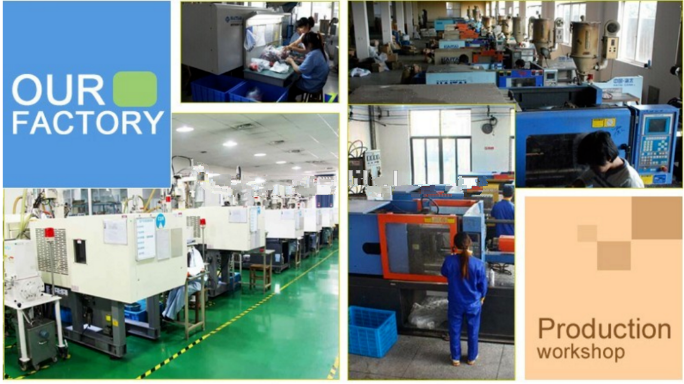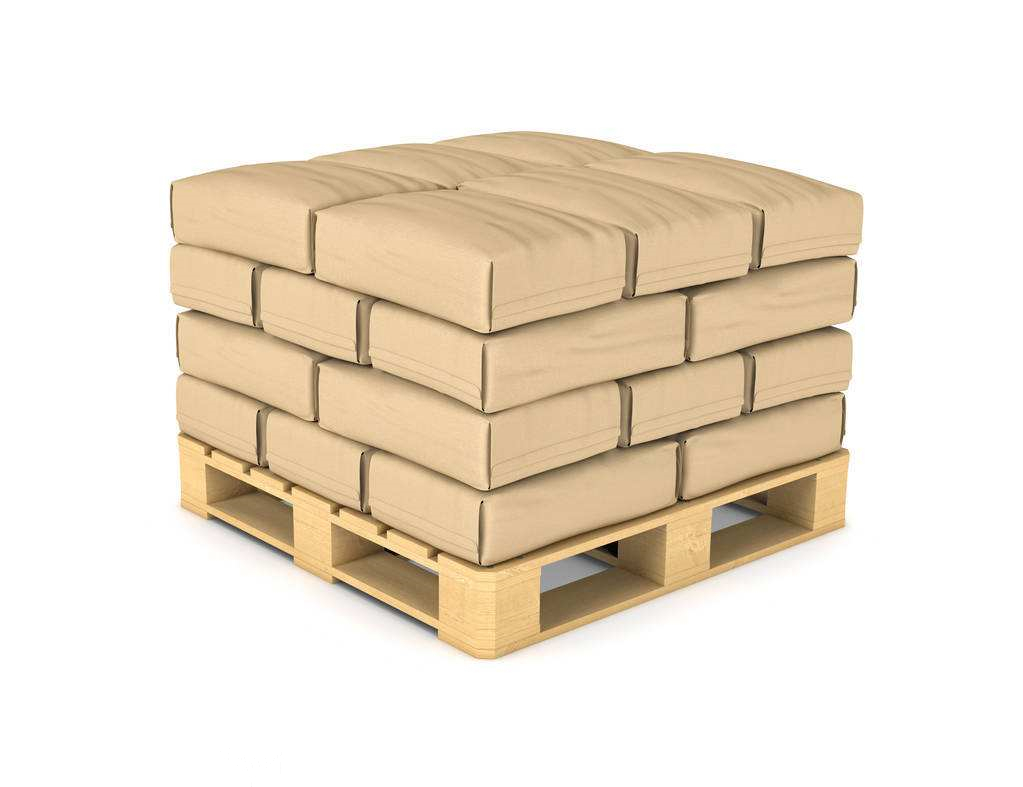First, the toxic effect of curing agent
The physical and chemical properties of the curing agent have a great influence on the toxicity. For example, if the curing agent is a liquid or a solid, the toxic effects are not the same. The solid state is easy to attach to the skin, while the liquid state has a vapor pressure. In general, when the curing agent has a large chemical activity, its biomass activity is also strong and can easily cause poison. It seems to be a rule. Curing agent toxicity in the following aspects.
1, acute toxicity. LD50 is generally used. Amine curing agents are relatively toxic. The LD50 value of most organic polyamines on rat respiratory tract stimuli is approximately 1000-12,000 ug/g vapor concentration and exposure time is 4-6 h. Primary amines and secondary amines are more irritating than tertiary amines. Aromatic amines are more toxic than aliphatic amines. For example, m-phenylenediamine is 10 times more toxic than diethylenetriamine. Pyridine and piperazine can cause liver and kidney damage, and have a greater systemic toxicity. Anhydride curing agents are prone to cause dermatitis and oral toxicity is relatively small.
2, on the skin and mucous membrane irritation. The poisoning of curing agents, more importantly, is reflected in the irritation to the skin and mucous membranes. Because amines are organic bases that dissolve in water and fat, they also dissolve and soak in the skin's fat, causing dermatitis. Prolonged stimulation can easily lead to generalized cutaneous inflammation, punctate erythema, blistering, cracking, and even exfoliation, resulting in tissue necrosis. Hine et al. conducted detailed research work. The results are shown in Table 3-52. Due to the greater volatility of amines, their vapor stimulation of the eyes can cause conjunctivitis, tearing, and corneal edema. Long-term exposure at high concentrations or at higher concentrations can also have significant irritating effects on the respiratory tract and cause bronchitis and bronchitis. Acid anhydrides are less irritating to the skin, but their dust is quite irritating to the mucous membranes of the eyes and the respiratory tract such as the nose and throat, and can cause bronchitis.
3, curing agent allergies. The so-called allergies, that is, a compound once formed on the human skin, the formation of allergies, in the next or subsequent repeated exposure, not because of the degree of contact, dermatitis will also occur. After this happens, the exposure to the allergy compound should be interrupted. The occurrence of allergic reactions is more complex and is continuing to study the animals such as Ciba using the pudding test. The American Plastics Industry Association (SPI) has introduced its own standards.
4. Other poisoning effects of curing agents. In addition to arylamine, heterocyclic amine curing agents on the internal organs of the damage, biphenyl aromatic amines have carcinogenicity, has been banned production and use. M-phenylenediamine and diaminodiphenyl sulfone have been proven by many toxicologists to be non-carcinogenic, and they reject previous views.
Second, the use of curing agent safe operation
1, replace the toxicity with a low-toxicity curing agent.
2, to improve the operating environment, the operating area and non-operating areas are consciously delineated, as far as possible automated, closed, install ventilation facilities and so on.
3, to strengthen labor protection, the use of protective gloves, clothing and other methods, try to avoid contact with skin and curing agent.
4. Clean the operation place and keep it clean.
5, timely cleaning of hands, face and other exposed skin, if the eye, throat and other organs are infringed, the doctor should be treated.
Third, the toxicity of other related compounds
1. Epichlorohydrin, a raw material for epoxy resins (mainly discussing bisphenol A type): due to the presence of epoxy groups and chlorine substituents, the toxicity is quite high. In the environment of 240ug/g for 4 hours, rats can be lethal. Gage proposed that the maximum allowable value of MAC is 5ug/g, and the other eye, nose, and throat irritation is also great; Bisphenol A: Borman proposed LD50 of 2.4g/kg, so that the industrial harmfulness is considered to be very small.
2. Epoxy 815, 820, 828, 1001, 1007 of bisphenol A type epoxy resin and resorcinol glycidyl ether compounds have been proved to be very low in toxicity, and the LD50 value is usually in the range of 10 to 30 g/kg. Hine et al. believe that the toxicity of the diluent monoglycidyl ether compound is mainly manifested in the skin irritation, and the oral toxicity LD50 value is also very low.
3. Toxicity of Epoxy Resin Cure The cured ordinary epoxy resin (50% to 70% in dioctyl phthalate) is mixed in food (about 10%) and given to rats by mouth After eating for 26 weeks, it only caused weight loss and did not cause internal symptoms. The uncured Epon 828 resin was mixed in the food (about 5%) and the mice died after 26 weeks of feeding. Therefore, it can be considered that the cured epoxy resin (bisphenol A type) is non-toxic. However, if the curing is not complete, it is another matter.
KSONE Lacrosse Mesh
Product Description
KSONE Lacrosse mesh was engineered to provide players with the ultimate level of feel and control. By combining Kesai Mesh`s new LTH Fibers and HyperWeave technology, KSONE Lcrosse mesh make a super lightweight mesh with all-weather performance. Now it`s your turn to be ELITE
Product Detail
| Name: | Lacrosse Mesh and Shooting lace |
| Hardness | Soft/semi-soft/hard |
| Size: |
can be customized |
| Material: | poly/nylon/cotton |
| Packing | can be customized |
| Meas | can be customized |
| Eco-friendly | YES |
| Sample time | 5-7days |
| payment terms | 30% payment,70% beofre delivery |
| Delivery time | Depend on your QTY |
Our company
Fayyou Sport Co., Ltd.,subsidiary of Zhuhai Kesai Co Ltd. founded in 1997, is specialized in producing and promoting sports products including lacrosse,hockey, crossfit and massage products.
Kesai has professional experience in manufacturing, marketing and shipping, providing multiple services. Fayyou Sport was established in 2015 due to increasing sports business volume.

Payment Term

Shipping

Packing

Lacrosse Mesh
Wax Lacrosse Mesh,Waxed Lacrosse Mesh,Semi Hard Nylon Lacrosse Mesh,Semi Hard Polyester Lacrosse Mesh
FAY YOU SPORTS CO.,LTD , http://www.ksonelacrosse.com
